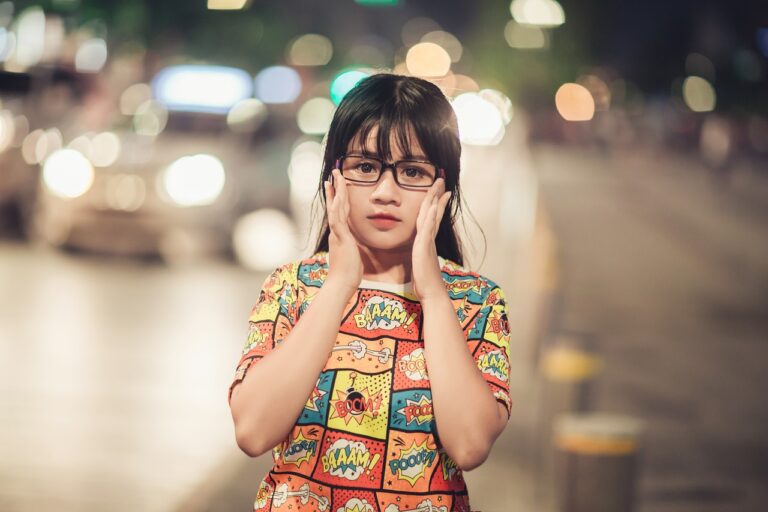Sustainable Fabrics: Innovations and Trends
In recent years, there have been significant strides in the development of sustainable fabric technologies. One notable advancement is the introduction of recycled polyester, which is created by transforming plastic waste into new fibers without compromising quality. This innovation not only reduces the dependency on virgin resources but also helps in diverting plastic waste from landfills, thereby contributing to a cleaner environment.
Another key advancement is the use of waterless dyeing techniques, which minimize water consumption and pollution in the textile industry. By utilizing innovative methods such as digital printing and air dyeing, brands are able to significantly reduce their water usage during the dyeing process. This not only helps in conserving a precious natural resource but also reduces the overall environmental impact of textile production.
The Rise of Biodegradable Fabrics
Biodegradable fabrics have gained significant attention in the fashion industry due to their eco-friendly characteristics. These fabrics are designed to decompose naturally, reducing the environmental impact of textile production and disposal. By incorporating biodegradable materials into their collections, fashion brands are actively contributing to a more sustainable future for the industry.
One key advantage of biodegradable fabrics is their ability to break down into natural elements without leaving harmful residue behind. This not only minimizes waste in landfills but also helps to conserve resources by avoiding the need for chemical treatments during decomposition. As consumer demand for environmentally responsible products continues to grow, the rise of biodegradable fabrics offers a promising solution for a more sustainable and ethical fashion industry.
Innovative Plant-Based Fibers in Fashion
The fashion industry is witnessing a shift towards embracing plant-based fibers as a sustainable alternative to traditional materials. Fabrics derived from plants such as bamboo, hemp, and pineapple leaves are gaining popularity for their eco-friendly properties and minimal environmental impact. These innovative fibers not only offer a more sustainable option for fashion brands but also contribute to reducing the carbon footprint of the industry.
With advancements in manufacturing technology, plant-based fibers are being transformed into luxurious textiles that rival traditional fabrics in both quality and durability. For example, bamboo fabric is known for its softness, breathability, and antimicrobial properties, making it a popular choice for sustainable fashion enthusiasts. Similarly, pineapple leaf fibers are being used to create a leather-like material called Piñatex, offering a cruelty-free alternative for ethical fashion brands looking to reduce their reliance on animal-derived materials.
What are some key advancements in sustainable fabric technologies?
Some key advancements in sustainable fabric technologies include the development of plant-based fibers such as bamboo, hemp, and pineapple leaf fibers. These fibers are biodegradable and have a lower environmental impact compared to synthetic materials.
How are biodegradable fabrics contributing to sustainable fashion?
Biodegradable fabrics are contributing to sustainable fashion by reducing the amount of waste generated by the fashion industry. These fabrics can break down naturally without harming the environment, making them a more eco-friendly option for clothing production.
What are some examples of innovative plant-based fibers used in fashion?
Some examples of innovative plant-based fibers used in fashion include Tencel, made from eucalyptus trees, and Piñatex, made from pineapple leaf fibers. These fibers offer a sustainable alternative to traditional fabrics and are becoming increasingly popular in the fashion industry.
How can consumers support the use of plant-based fibers in fashion?
Consumers can support the use of plant-based fibers in fashion by choosing clothing made from sustainable materials, such as bamboo, hemp, or Tencel. By opting for eco-friendly options, consumers can help reduce the environmental impact of the fashion industry.







